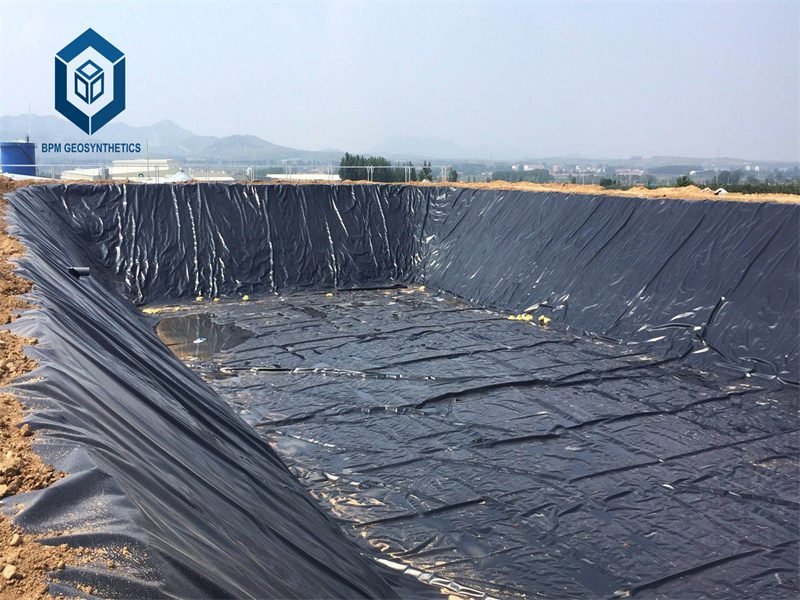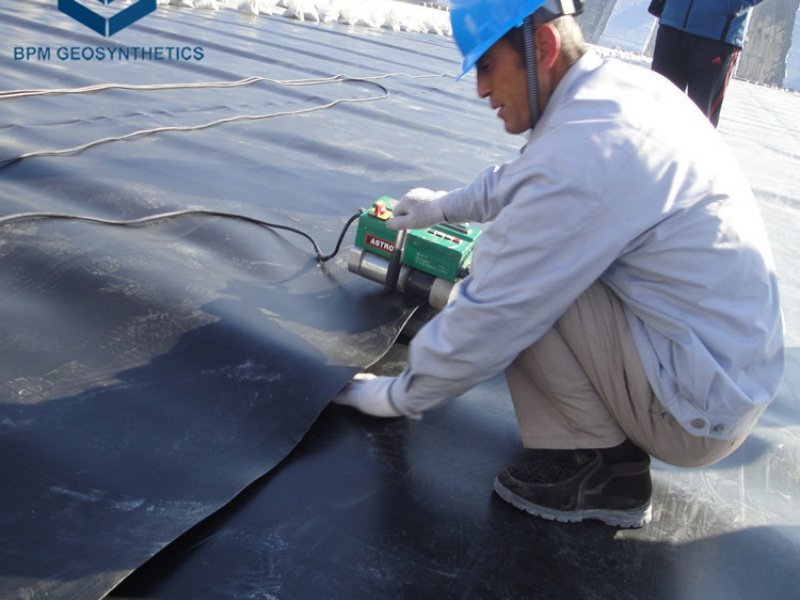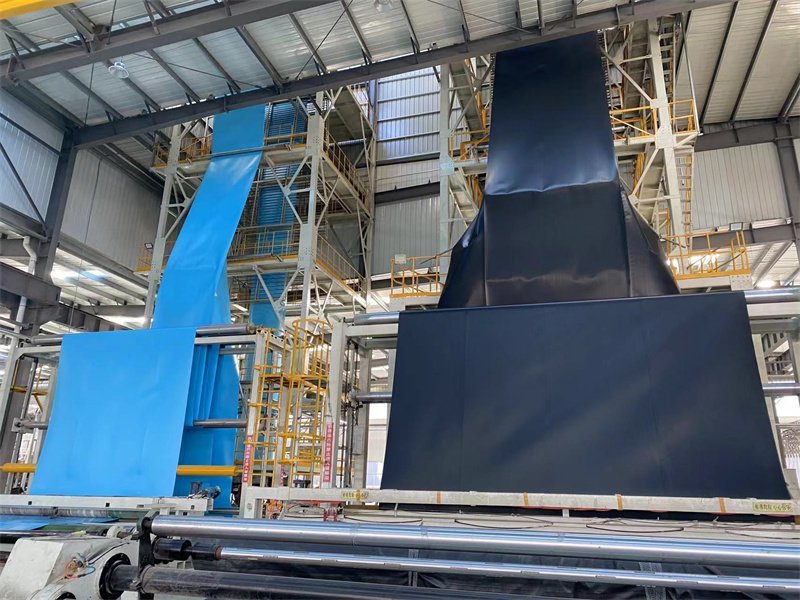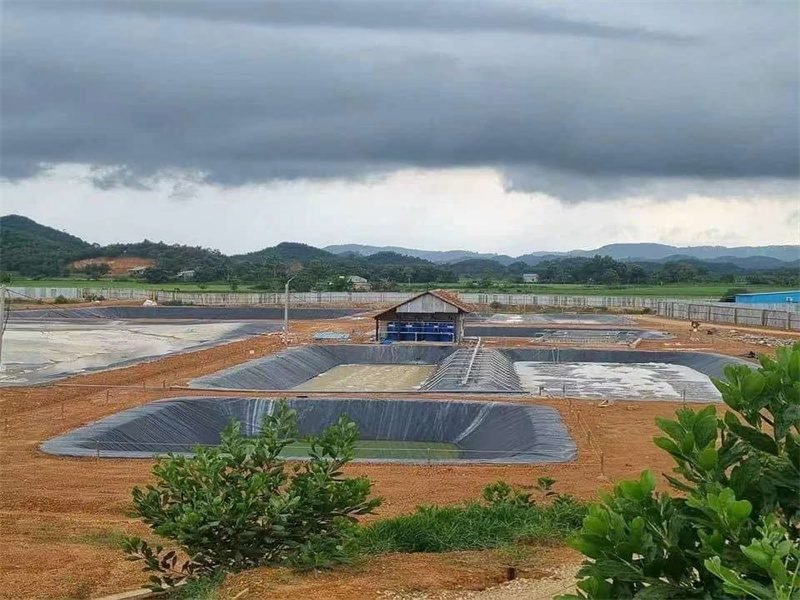Selecting the best pond liner, or best geomembrane pond liner, is a pivotal decision for anyone creating a pond—whether it’s a serene koi retreat, a sprawling aquaculture farm, or an irrigation reservoir. With over 15 years of experience at BPM Geosynthetics, supplying geomembrane pond liner to 36+ countries, We have seen how the right liner transforms water features into durable, leak-free ecosystems. The best pond liner ensures water retention, protects aquatic life, and withstands environmental challenges, but the wrong choice can lead to costly leaks or repairs.
This blog post dives deep into everything you need to know—definitions, functions, advantages, and key considerations. Backed by specifications like 0.5mm–3.0mm thickness, 27 kN/m tensile strength (ASTM D6693), and real-world applications (e.g., 300,000 m² Sri Lanka project), this guide equips hobbyists, farmers, and engineers with actionable insights. From top materials offered by pond liner manufacturers to thickness guidelines from a pond liner factory like BPM Geomembrane, we’ll help you find the best pond liner for your project. Let’s explore how to make an informed choice that lasts decades.
1. What Is a Best Pond Liner?
The best pond liner is an impermeable geomembrane designed to retain water, prevent seepage, and create a stable environment for ponds of all sizes. Unlike generic liners, the best pond liner combines durability, flexibility, and safety, tailored to specific needs—be it a 100 m² backyard pond or a 50,000 m² aquaculture site. Leading pond liner manufacturers like BPM Geomembrane craft these liners using advanced materials such as HDPE, EPDM, and RPE, each with unique specifications.
1.1 Material Composition
- HDPE (High-Density Polyethylene): 0.941–0.965 g/cm³ density, 640 N puncture resistance (ASTM D4833), widths up to 8m (BPM Geosynthetics).
- EPDM (Ethylene Propylene Diene Monomer): 45-mil (1.14mm) thickness, 300% elongation, rolls up to 15m x 30m (Everything-Ponds.com).
- RPE (Reinforced Polyethylene): 30-mil (0.76mm) thickness, 600–800 N puncture resistance, single panels up to 5,574 m² (BTL Liners).
1.2 Purpose and Design
The best pond liner is engineered to resist UV degradation (90% retention after 1,500 hours, ASTM G154), endure temperature extremes (-45°C to 110°C), and ensure fish safety (NSF-61 certified options). Whether sourced from a pond liner factory or customized on-site, it’s the foundation of a leak-free pond, adapting to depths like 4ft+ for koi (Pond Informer) or shallow setups for goldfish.
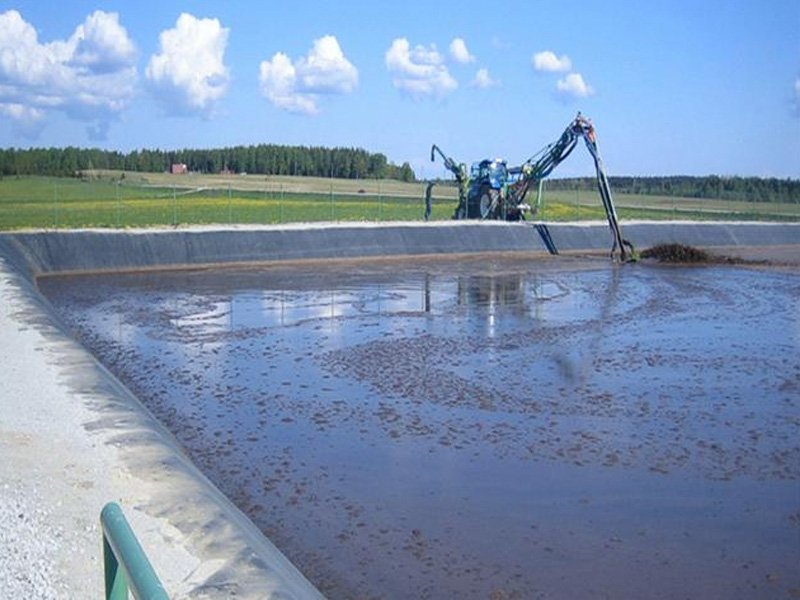
3. What Are Functions of the Best Pond Liner?
The best pond liner serves multiple critical roles, ensuring your pond thrives as a functional and sustainable system. Here’s how it performs:
2.1 Water Retention
With waterproof ratings of 10,000–20,000 mm, the best pond liner prevents 98% seepage over 10 hours (Geosincere specs), saving 50,000 liters daily in a 1-hectare pond (industry data). This outperforms clay liners (50–70% retention) in high-evaporation climates like Thailand (5 mm/day).
2.2 Aquatic Ecosystem Protection
Certified pond liner manufacturers produce liners that maintain water quality—e.g., NSF-61 options prevent toxin leaching, stabilizing pH (2–12 range) and boosting fish survival by 10–15% (FAO, 2025).
2.3 Soil and Environmental Stability
By reducing nutrient leaching by 90%, the best pond liner safeguards groundwater, a vital function in eco-sensitive regions (FAO studies). It also minimizes soil erosion, preserving pond structure.
2. What Are Advantages of the Best Pond Liner?
The best pond liner offers compelling benefits, making it an investment in longevity and performance. Here’s why it stands out:
3.1 Exceptional Durability
RPE liners from a pond liner factory last 40+ years, with 600–800 N puncture resistance, while HDPE offers 20–30 years at 640 N (BTL Liners). This saves $50,000–$100,000 in replacements over decades (industry estimates).
3.2 Cost Efficiency
At $0.50–$1.30/m², the best pond liner cuts initial costs by 20–30% versus concrete ($2.00–$3.00/m²), with maintenance at $200–$500/year (BPM data). RPE’s lightweight design reduces shipping by 20–30% ($50–$100/1,000 m²).
3.3 Ease of Installation
Weighing 0.3–1.2 kg/m², the best pond liner installs in 1–2 days for 1,000 m², saving $500–$1,000 in labor compared to concrete’s 5–7 days (Geosynthetics Magazine). Factory-welded seams (13 kN/m) streamline setup.
3.4 Fish and Plant Safety
NSF-61 certified options from pond liner manufacturers ensure zero chemical leaching, enhancing koi color intensity by 10–15% (field studies). This makes the best pond liner ideal for vibrant aquatic life.
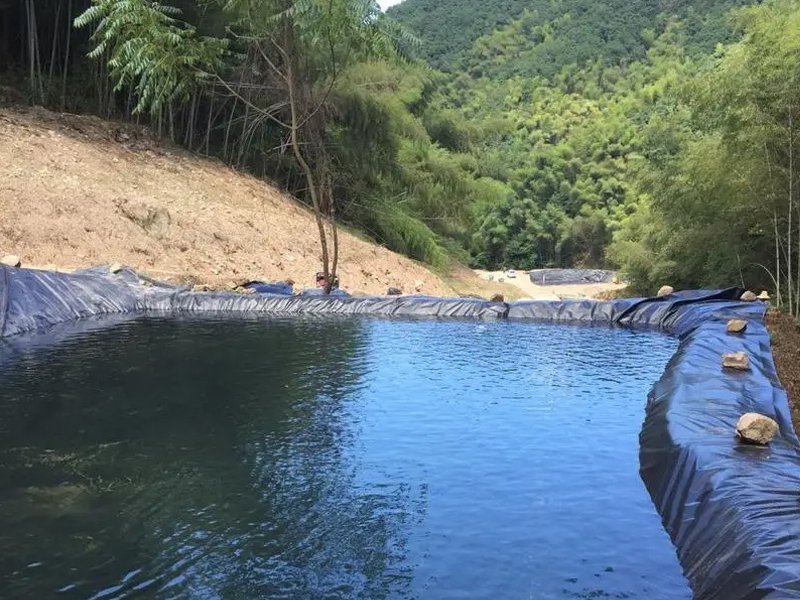
4. Main Considerations When Choosing the Best Pond Liner
Selecting the best pond liner requires evaluating several factors to align with your project’s needs. Here’s a detailed breakdown:
4.1 Pond Size and Depth
Small Ponds (100–1,000 m²)
- Best Pond Liner: 0.75mm EPDM or PVC, flexible and cost-effective ($0.30–$0.80/m²).
- Example: Backyard koi pond, 5m x 3m x 1m.
Medium Ponds (1,000–10,000 m²)
- Best Pond Liner: 1.0mm RPE or HDPE, balancing strength and ease (7m x 100m rolls).
- Example: Goldfish pond with 4ft depth.
Large Ponds (10,000+ m²)
- Best Pond Liner: 1.5mm–2.0mm HDPE, 640 N puncture resistance.
- Example: 30,000 m² aquaculture farm (BPM case study).
4.2 Material Properties
Durability
- RPE: 40 years, 600–800 N resistance (BTL Liners).
- HDPE: 20–30 years, 27 kN/m tensile strength (ASTM D6693).
Flexibility
- EPDM: 300% elongation for curves (Firestone specs).
- LLDPE: 700% elongation for uneven bases (Geosynthetics Magazine).
Safety
- Certifications: NSF-61 or food-safe ratings (e.g., BPM’s virgin HDPE).
4.3 Environmental Factors
UV Exposure
- In sunny regions (e.g., 2,500 hours/year), opt for UV-stabilized liners with 2.5% carbon black (BPM).
Temperature
- EPDM handles -45°C to 110°C; HDPE excels in cold climates (AGRU America).
4.4 Budget and Supplier Quality
Cost Breakdown
- PVC: $0.30–$0.60/m², short-term savings.
- RPE: $0.90–$1.30/m², $0.03/m²/year over 40 years.
Supplier Reliability
- Choose a pond liner factorywith proven records—e.g., BPM’s 3–5-day delivery, BTL’s custom cuts.
Installation and Support
- Welding: HDPE needs heat-welding (13 kN/m); RPE offers factory seams (BTL Liners).
- Support: Select pond liner manufacturersoffering training—e.g., BPM reduces errors by 15–20%.
5. How Thick Should a Best Pond Liner Be?
Thickness is a critical parameter for the best pond liner, balancing durability, cost, and ease of use. Here’s how to determine the right thickness, measured in mils (1 mil = 0.0254mm) or millimeters:
5.1 Thickness Options and Applications
20–30 Mil (0.5–0.75mm)
- Best Pond Liner: PVC or thin EPDM.
- Use: Small, shallow ponds (<1,000 m², <2ft deep).
- Specs: 200–300 N puncture resistance, $0.30–$0.80/m².
- Pros: Affordable, flexible; ideal for DIY projects (Webb’s Water Gardens).
30–45 Mil (0.75–1.14mm)
- Best Pond Liner: RPE or EPDM.
- Use: Medium ponds (1,000–10,000 m², 2–4ft deep).
- Specs: 300–800 N resistance, $0.80–$1.30/m².
- Pros: Balances strength and handling; suits koi ponds (BTL Liners).
60–80 Mil (1.5–2.0mm)
- Best Pond Liner: HDPE or thick RPE.
- Use: Large ponds (10,000+ m², 4ft+ deep).
- Specs: 640 N resistance, 27 kN/m tensile strength, $1.00–$1.50/m².
- Pros: Maximum durability; ideal for aquaculture (Western Liner).
5.2 Factors Influencing Thickness
- Subsoil: Rocky bases need thicker liners (60 mil) or underlayment ($0.20–$0.50/m²).
- Traffic: High-use ponds (e.g., fish farms) require 45–60 mil for puncture resistance.
- Budget: Thinner liners (20–30 mil) save 20–30% upfront but may need replacing sooner (10–15 years vs. 40+).
5.3 Expert Recommendation
For most applications, a 30–45 mil best pond liner (e.g., RPE or EPDM) offers optimal performance—strong enough for durability (600 N), light enough for installation (0.3–0.9 kg/m²). A pond liner factory like BTL can customize thickness to your specs, ensuring a perfect fit.
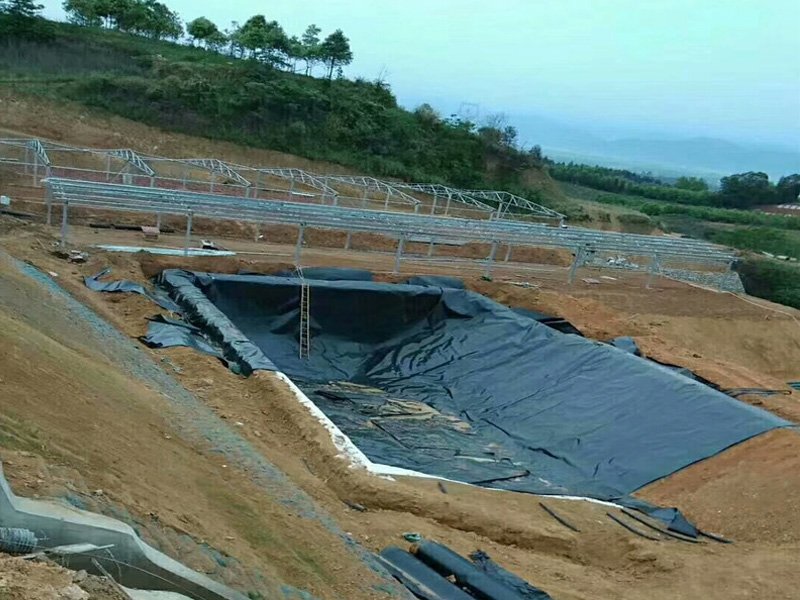
6. Final Thoughts
Choosing the best pond liner is about aligning material, thickness, and supplier quality with your pond’s unique demands. The best pond liner—whether HDPE (20–30 years, 640 N), RPE (40+ years, 600–800 N), or EPDM (20–30 years, 300% elongation)—delivers water retention (98% efficiency), fish safety (NSF-61 certified), and cost savings ($0.03/m²/year over decades). From small koi ponds to vast reservoirs, specifications like 0.75–2.0mm thickness and $0.30–$1.50/m² pricing from pond liner manufacturers like BPM or BTL ensure durability and value.
Consider your pond’s size (e.g., 1,000 m² vs. 30,000 m²), environment (2,500 UV hours?), and budget. Partner with a pond liner factory offering custom cuts and support—BPM’s 15% error reduction proves expertise matters. The best pond liner isn’t just a product; it’s a foundation for decades of enjoyment. Ready to build your perfect pond? Contact a trusted supplier like BPM Geosynthetics today for samples and quotes—your aquatic vision deserves the best pond liner available.

